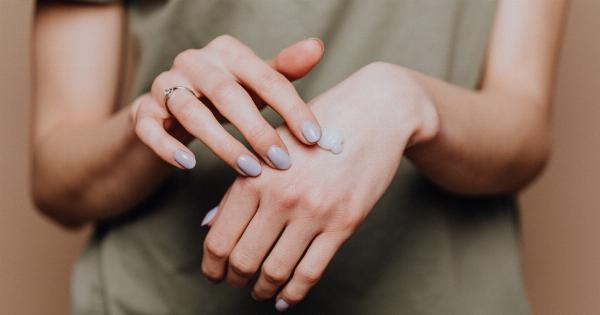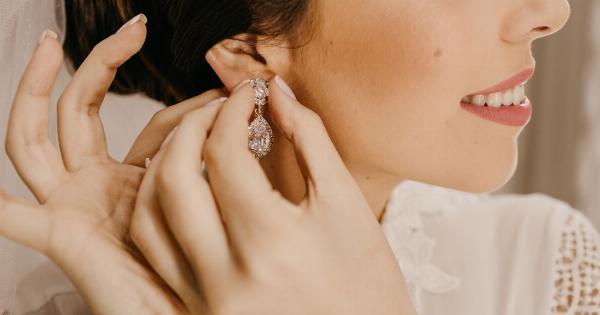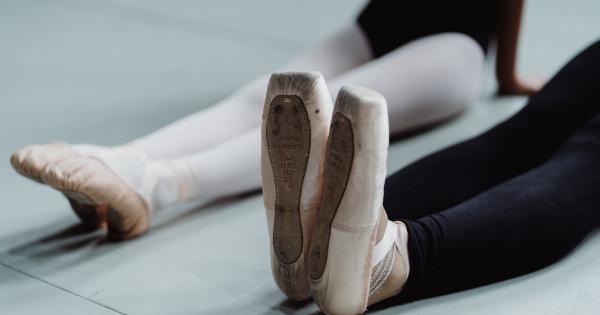Cellulite is a common concern for many people, especially women. It is often misunderstood and surrounded by myths and misinformation.
This article aims to separate the facts from fiction when it comes to cellulite, providing you with a clearer understanding of what it is, its causes, and treatment options.
What is Cellulite?
.Cellulite refers to the dimpled or lumpy appearance of the skin, usually on the thighs, buttocks, and hips. It is more commonly seen in women than men and affects individuals of all body types and sizes.
The exact cause of cellulite is not fully understood, but it is believed to involve a combination of factors, including hormonal influences, genetics, connective tissue structure, and lifestyle factors.
Fact: Cellulite is not caused by toxins
.One of the most common myths about cellulite is that it is caused by the buildup of toxins in the body. However, there is no scientific evidence to support this claim.
Cellulite is not a result of toxins, but rather the way fat cells are arranged beneath the skin. The irregular distribution of fat cells and connective tissue fibers is what gives cellulite its characteristic appearance.
Fiction: Only overweight people have cellulite
.Another common misconception is that only overweight or obese individuals have cellulite. However, cellulite can affect individuals of any weight or body type. Even people who are thin or have a healthy BMI can develop cellulite.
While excess body fat may worsen the appearance of cellulite, it is not the sole determining factor.
Fact: Hormones play a role in cellulite development
.Hormonal influences are believed to play a significant role in the development of cellulite. Hormones like estrogen and progesterone can contribute to the formation and severity of cellulite.
This is why cellulite is more prevalent in women, especially during hormonal changes such as puberty, pregnancy, and menopause.
Fiction: Topical creams can eliminate cellulite
.Many products claim to have the ability to eliminate cellulite through the use of topical creams or lotions. However, the effectiveness of such products is often exaggerated, and there is limited scientific evidence to support their claims.
While some creams may temporarily improve the appearance of cellulite by plumping the skin, they do not provide a permanent solution.
Fact: Exercise and a healthy lifestyle can make a difference
.While there is no foolproof way to eliminate cellulite completely, leading a healthy lifestyle can help reduce its appearance.
Regular exercise, including both cardiovascular workouts and strength training, can help tone the muscles and improve blood circulation. A balanced diet rich in fruits, vegetables, and lean proteins can also contribute to healthier skin and reduce the visibility of cellulite.
Fiction: Liposuction is a cure for cellulite
.Liposuction is a surgical procedure that aims to remove excess fat from the body. While it can improve body contours and remove fat deposits, liposuction is not specifically designed to target cellulite.
In some cases, liposuction may even worsen the appearance of cellulite by creating uneven contours. Other treatments, such as laser therapy and radiofrequency, have shown some promise in reducing cellulite, but more research is needed to determine their long-term effectiveness.
Fact: Genetics influence the development of cellulite
.Genetics play a significant role in determining whether an individual is prone to developing cellulite. If your mother or grandmother had cellulite, there is a higher chance that you may also have it.
While you cannot change your genetics, adopting a healthy lifestyle can still help minimize the appearance of cellulite.
Fiction: Cellulite can be completely eliminated
.It is important to understand that cellulite is a natural and common condition. It cannot be completely eliminated, but its appearance can be minimized.
Accepting that cellulite is a normal part of many people’s bodies can help promote body positivity and self-acceptance.
Fact: Self-care practices can boost confidence
.While cellulite may be a cosmetic concern for some, it does not define a person’s worth or beauty.
Engaging in self-care practices such as exercise, mindfulness, and nurturing healthy relationships can help boost self-confidence and promote overall well-being.































